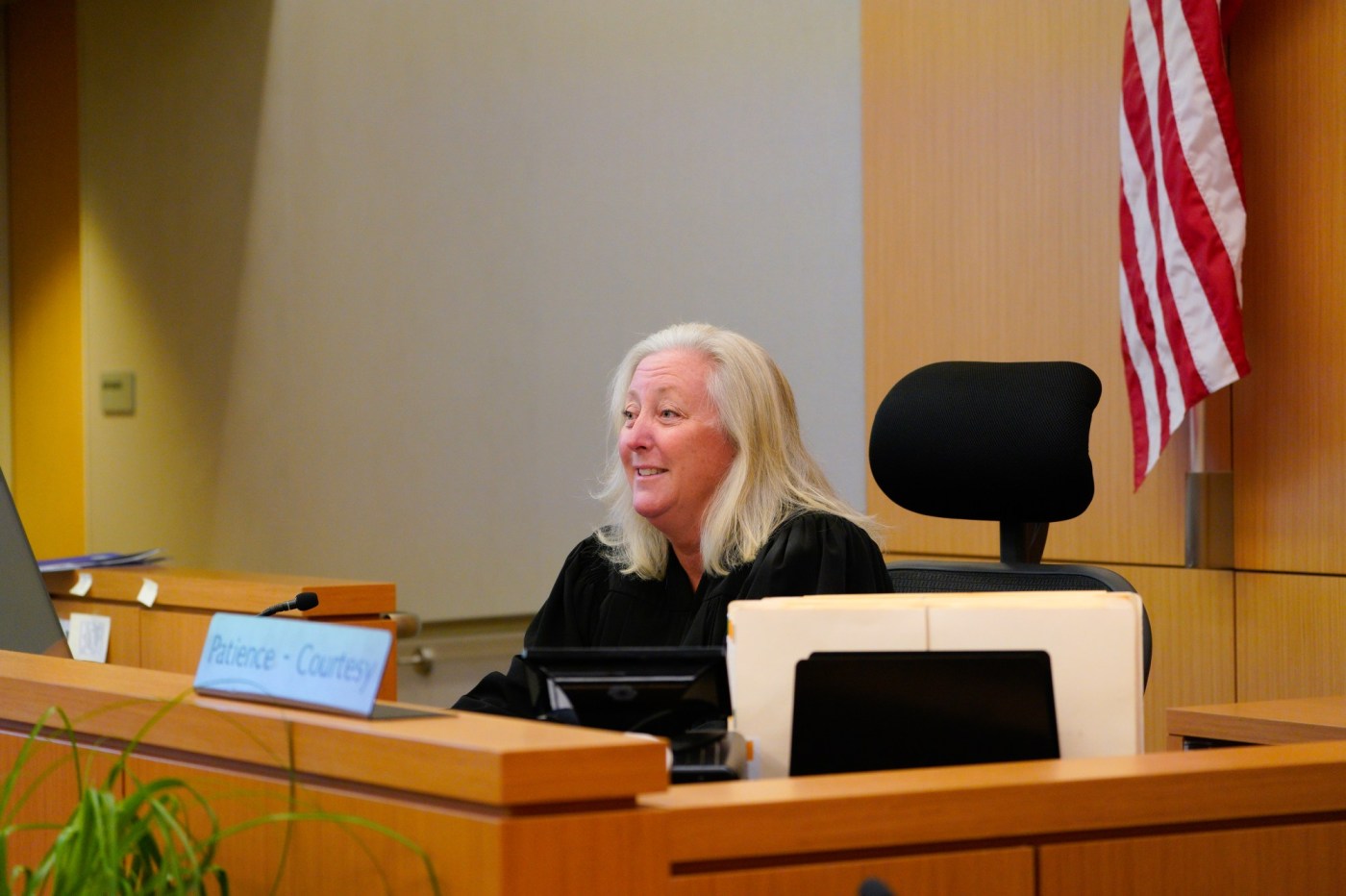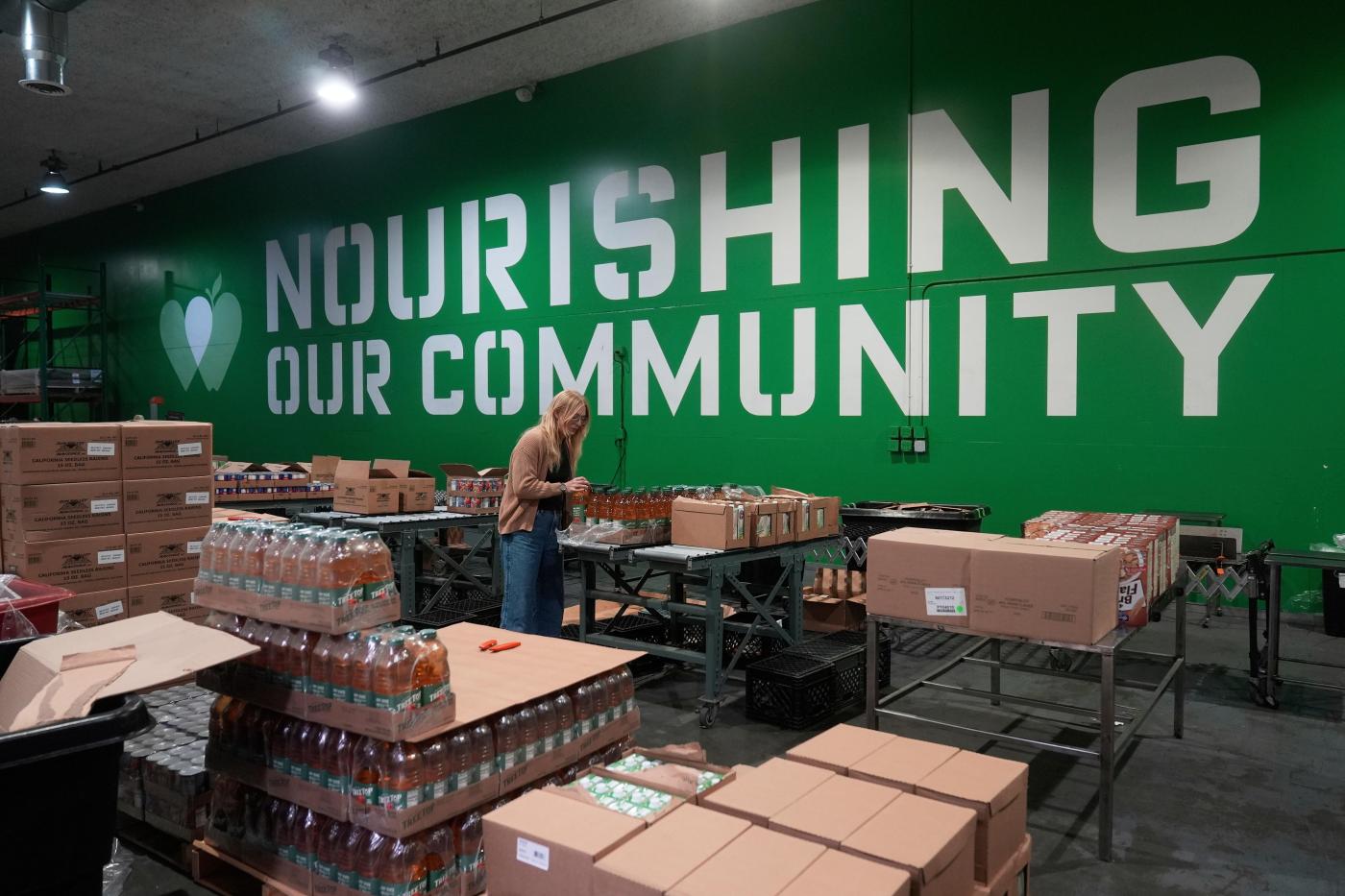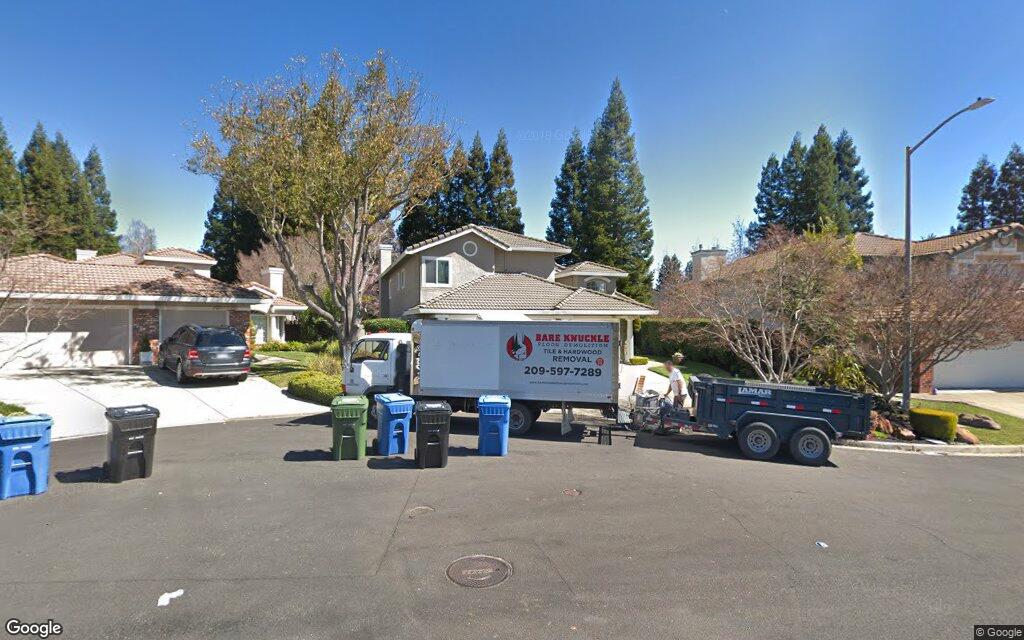It’s a Wednesday afternoon in Department 1203 at the Central Courthouse, and the man in the defendant’s chair is anxious.
The next morning, he’ll be released from jail and expected to put his name on a waiting list at a drug treatment program. He has no car, no cellphone, no money for cab fare, and, he tells Superior Court Judge Cindy Davis, a poor sense of direction.
“I’ll end up in an empty lot,” he says.
Related Articles
In trial testimony, former Angels’ VP denies knowing staffer was providing illicit drugs to players
California’s Prop. 36 promised ‘mass treatment’ for defendants. A new study shows how it’s going
Oakland author’s book ‘Rehab: An American Scandal’ examines the human cost of a broken system
High-end Healdsburg B&B wants to convert to luxury detox center
Prop. 36 promised treatment for people with serious drug addiction, but jails are left holding the bag
Davis asks her clerk to print out a map. She includes notes to make sure the directions are clear and adds a Post-It with the date of the man’s next court appearance, when he’ll need to provide proof that he’s in treatment or on a waiting list. He’s already had two warrants for failing to show up in court. This, she warns him, could be his last chance.
He tells her he’ll fold up the map and stick it in his sock to make sure he doesn’t lose it.
“It ain’t going to be easy,” Davis told him. “It’s a day-by-day thing.”
The man was one of 15 people scheduled to appear in Davis’ downtown courtroom that day under a new state law that shifted certain drug and theft crimes from misdemeanors to felonies for repeat offenders. On the ballot last November as Proposition 36, the measure was pitched to voters as a way to address retail theft. But of the more than 3,100 people arrested since the law took effect 10 months ago, roughly 77% have been for drug possession.
RELATED: Prop. 36 promised ‘mass treatment’ for defendants. A new study shows how it’s going
Proposition 36 was built on the idea that consequences would drive recovery, but it came with no funding to expand treatment slots or coordinate referrals. Meanwhile, the law is scooping up people with long histories of addiction, repeated jail stays and failed attempts at sobriety.
County officials say they want to offer more support but lack the resources. For now, the burden largely falls on defendants — many still deep in addiction, many who are homeless — to find and secure treatment on their own.
Several in Davis’ courtroom described the challenge of finding a treatment slot.
Davis offered encouragement, but noted there was only so much she could do.
“I have a limited role here,” she said.
Another chance
The man who needed the map had been charged at least 18 times for drug possession over the last 15 years. Now in his 40s, he had failed earlier attempts at treatment and been disqualified from other diversion programs.
At the hearing Davis presided over in late September, only three defendants who were out of custody showed up for court. Five others failed to appear. Another seven were brought over from jail, arrested because they’d missed a prior court date.
Deputy District Attorney Clara Chen and Deputy Public Defender Patrick Kline appeared in Proposition 36 court at the Central Courthouse in San Diego on Oct. 8. (Nelvin C. Cepeda / The San Diego Union-Tribune)
That was the case for one 37-year-old defendant before Judge Paula Rosenstein at a different Proposition 36 court session. He had failed to appear for a prior hearing, then a week later, was caught and jailed on an arrest warrant. He also had drugs on him.
“The court will give you another chance,” Rosenstein told the man. “Do you want another chance?”
“Yes, your honor, I do,” he replied.
The judge ordered him released from custody the next morning, but to be back in front of her in 30 days.
RELATED: Prop. 36 funding fight pits Newsom against San Jose Mayor Mahan
“Take it seriously,” she told him. “I don’t know if you will get a third chance. Now or never.”
Since April, more than a third of defendants charged with a Proposition 36 drug crime have failed to show up for a court hearing.
Chief Deputy Public Defender Jo Super said people missing court hearings was expected, and she agrees some defendants need more resources, such as caseworkers in the courtroom to assist people who lack transportation or housing.
“I think in a world where the state funded this, you could do a lot more,” she said.
But Proposition 36 didn’t come with funding. Gov. Gavin Newsom opposed the ballot measure, arguing that locking up more people would siphon money from community treatment programs. He initially refused to include money for it in this year’s budget, but after pressure from state lawmakers, he agreed to a one-time allocation of $110 million to courts, behavioral health programs and public defenders, spread out over three years.
The county has yet to receive any of this money, a spokesperson said.
Focus on treatment
Beyond the lack of funding, counties were also left to come up with their own plan to implement the law. That process took more than three months.
Representatives from the District Attorney’s Office, Public Defender’s Office, county Behavioral Health Services and the court crafted San Diego’s approach, creating a process for a defendant to move from arrest to arraignment to assessment. The parties agreed that treatment should last no less than six months and no more than 18 months. They also carved out a special court calendar to handle Proposition 36 cases.
From April 7, when the court process was initiated, to Sept. 30, 544 people charged with Proposition 36 drug crimes have had their cases reach a point of resolution — the person either decided to plead guilty or pursue treatment. Of that number, 106 pleaded guilty and were sentenced to probation with treatment.
Of the remaining 12 cases, seven people were sentenced to jail and five people, facing other, more serious charges, were sentenced to prison.
It’s too soon to know if anyone has completed treatment, and prosecutors said no one has reached the point yet of having their record expunged.
While the data provided by the District Attorney’s Office show that roughly 98% of Proposition 36 defendants with drug cases agreed to treatment, it’s not known how many have successfully enrolled in treatment, remained sober and shown up for future court dates. The county is still figuring out how to track that data, a spokesperson said.
District Attorney Summer Stephan, who backed the ballot measure, pointed to the number of defendants who have at least agreed to seek treatment.
“I wanted to focus on the treatment,” she said. “When you put it in that context, what has happened after Prop. 36 is very much accomplishing that intent, something that we could never do before.”
Like Super, the public defender, Stephan agreed that the county’s approach is a work in progress.
“There is a long way to go to get to the vision that I really want and that I’ve been advocating and fighting for with no funding provided, no additional resources — essentially, both our hands tied behind our back,” Stephan said.
She said a priority is finding money for support services, such as case managers and housing coordinators who would be in the courtroom to assist people who might need more help.
“It feels to me like it’s too much burden on the defendant,” Stephan said of the current process.
Stephan said she recently attended Proposition 36 court where four defendants were in custody for missing a prior court date.
“They were now back in court and in a better mind frame, after a few days of being in custody, to take it more seriously,” she said.
Super said custody is not conducive for treatment. At the end of the day, some clients want treatment while others “may not be interested in that path.”
It’s not drug court
Leading up to last November’s election, many supporters of Proposition 36 thought defendants would be funneled into drug court, a highly structured, 18-month program that offers a clean slate for graduates.
Drug court participants are kept on a short leash. They initially face random drug testing five days a week and must attend weekly court appearances. They also must attend Narcotics Anonymous, Alcoholics Anonymous or another court-approved support group. Fail a drug test or miss a court appearance, and you go straight to jail for anywhere from 24 hours to several days.
Such a regimented program for Proposition 36 offenses would be setting many people up to fail, Super said.
“I wouldn’t be in favor of anything more strenuous when you’re talking about these kinds of low-level felonies and the kind of dedication and consequences of a drug court program,” she said.
Some appreciate the freedom that Proposition 36 court provides. One woman said she’d been placed on probation after previous drug convictions and felt like she’d been “set up to fail.” She appreciated being able to choose the treatment provider — in her case, an outpatient program for women with children. It’s a program she’d been to before, but this time around, she’s on better footing, she said.
“I was at the wrong place, at the wrong time, trying to help the wrong people,” she told the judge.
The aim is to strike a balance, Super said.
That was the recommendation from experts who evaluated a much earlier version of Proposition 36.
Enacted in 2001, the Substance Abuse and Crime Prevention Act gave people arrested for low-level drug crimes three chances to complete treatment with no threat of jail time until that third failure. It also came with funding — $120 million a year for five years.
“With SACPA, I think things were much more organized and better funded, but still, it took time,” said Darren Urada, a UCLA researcher who evaluated the law. “Show rates and treatment completion rates gradually increased as everyone figured out what to do, and this continued until funding went away.”
Urada pointed to a key recommendation by evaluators: make sure there’s a “warm handoff,” meaning a person is immediately — after a court hearing or upon release from custody — taken to a treatment provider. Evaluators also recommended close supervision by a judge or case manager and a collaborative relationship between the court and treatment providers, all things San Diego’s current Proposition 36 court lacks.
In San Diego, under the current approach, Proposition 36 defendants are assessed by county Behavioral Health Services clinicians, who then recommend treatment.
Urmi Patel, deputy director of the department, said that when a clinician recommends outpatient treatment — which data show has been the lion’s share of cases — the defendant is given the names and numbers of two treatment providers, as well as an information hotline they can call and a QR code to scan for a complete list of all providers in the county. The defendant is responsible for making those calls.
Eric Rodriguez has been participating in drug court since mid-July and sober for more than six months. He was offered drug court after spending a month in jail for drug possession, stealing a car and taking it on a high-speed chase.
Rodriguez offered to attend Proposition 36 court with a Union-Tribune reporter to compare it to drug court. He found the differences jarring.
People who agree to enroll in drug court are taken directly from jail to treatment. They receive counseling and a bed in a sober living facility after completing treatment. There’s also help with job readiness or pursuing educational or vocational training.
Participants move through drug court’s four phases as a cohort, and case managers attend hearings. It’s not unusual for the courtroom to break out into cheers and applause to celebrate someone’s success — a sobriety milestone, finding a job, reconnecting with family.
“When you have a group, a team of people helping you, it makes it a little better,” he said. “You feel like finally somebody has your back.”
Rodriguez was surprised by how much Proposition 36 court leaves to chance. Getting someone from jail quickly into treatment, he said, is everything.
“The first thing you’re thinking about is just doing drugs,” he said. “The first thing about addiction is you go back to what you know, what you’re comfortable with.”
Rodriguez said he thinks the concept of Proposition 36 court is solid, but the structure isn’t there yet.
“I get that it’s new, and they’re working on it, but you need to get all the pieces together to really help somebody,” he said. “Maybe take a page from drug court, and use some of that kind of structure.”




